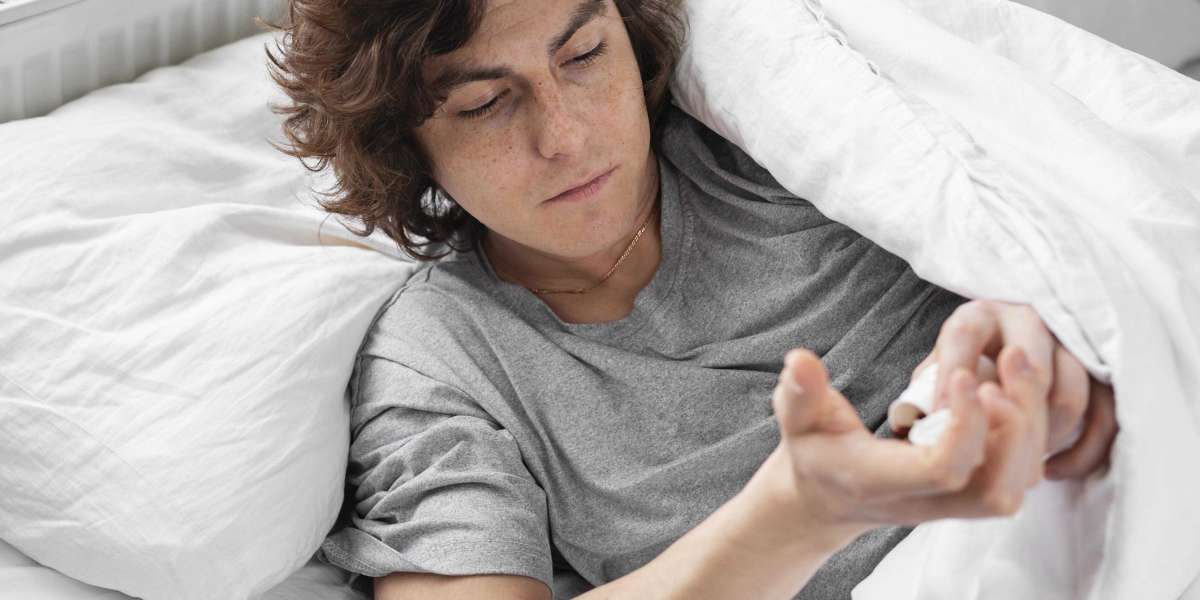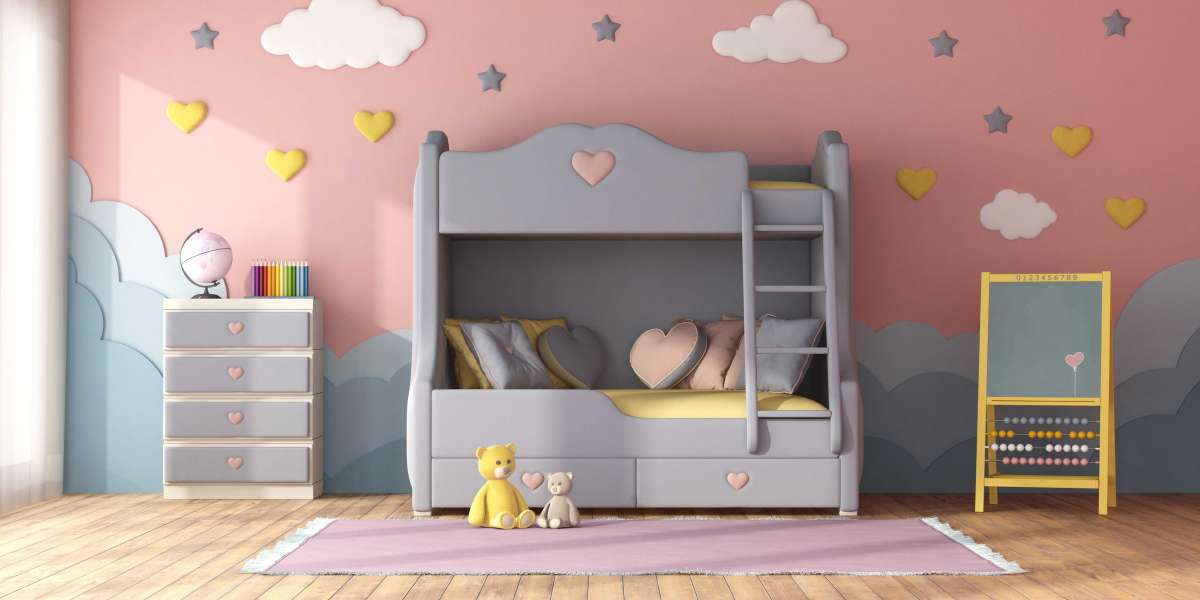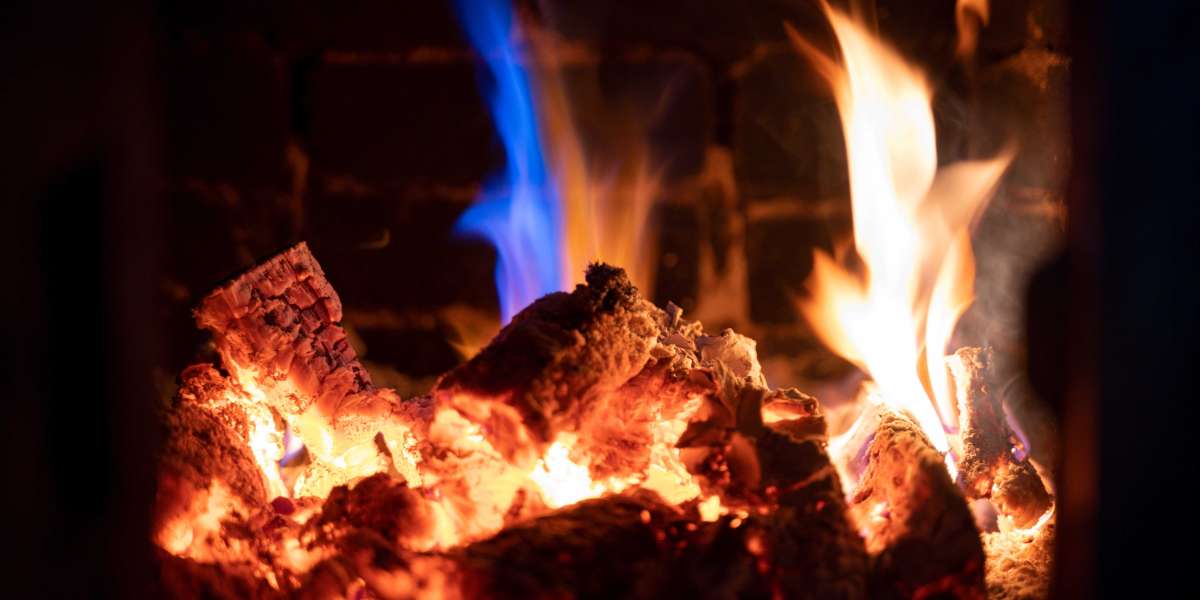Lighting plays a crucial role in cinematic photography and videography, transforming an ordinary shot into a visually stunning masterpiece. Whether you are a beginner or a professional filmmaker, understanding the best lighting setups is essential for creating high-quality content. Additionally, using a camera stabilizer ensures smooth, professional-looking footage by minimizing camera shake.
In this guide, we’ll explore the best lighting techniques and setups to elevate your cinematography and videography projects.
Understanding the Importance of Lighting in Cinematic Photography
Proper lighting enhances the mood, tone, and overall quality of your visuals. Whether you’re shooting a dramatic scene or a high-energy music video, the right lighting setup can make all the difference. By combining strategic lighting placement with a stabilizer camera setup, you can achieve seamless shots with perfect exposure and balance.
Essential Lighting Setups for Cinematic Shots
1. Three-Point Lighting Setup
One of the most fundamental and widely used lighting setups in filmmaking is the three-point lighting technique. This setup consists of:
Key Light: The primary source of illumination, usually placed at a 45-degree angle from the subject.
Fill Light: A secondary light positioned opposite the key light to reduce harsh shadows.
Back Light: Placed behind the subject to create depth and separate them from the background.
This setup is ideal for interviews, portraits, and narrative filmmaking.
2. High-Key Lighting for Bright and Even Exposure
High-key lighting is characterized by bright, even lighting with minimal shadows. It is commonly used in:
Commercial shoots
Music videos
Beauty and fashion photography
To achieve high-key lighting, use softboxes, LED panels, and reflectors to eliminate harsh shadows and create a flattering, well-lit scene.
3. Low-Key Lighting for Dramatic Effect
In contrast to high-key lighting, low-key lighting uses strong contrasts between light and shadow to create a moody, cinematic look. It is often used in:
Film noir
Horror films
Dramatic storytelling
Utilizing a stabilizer camera in low-light conditions ensures that your footage remains smooth and professional. You can achieve this setup using a single key light with controlled fill light and deep shadows.
4. Natural Light for Authentic Visuals
Natural light can be a powerful tool for cinematic videography, especially in outdoor shoots. The golden hour—just after sunrise or before sunset—provides a soft, warm glow ideal for:
Landscape photography
Outdoor interviews
Documentary filmmaking
To control natural light, use diffusers and reflectors to shape the lighting and avoid harsh shadows.
5. Practical Lighting for a Realistic Look
Practical lighting involves using existing light sources in a scene, such as lamps, candles, or neon signs. This setup is common in:
Indie films
Romantic scenes
Realistic set designs
Pairing practical lighting with a stabilizer camera ensures steady and well-composed shots, even in dimly lit environments.
6. Rembrandt Lighting for Artistic Depth
Named after the famous painter, Rembrandt lighting is achieved when a triangular patch of light appears on one side of the subject’s face. This technique is popular in:
Portrait photography
Dramatic film scenes
Artistic compositions
A single light source, combined with a reflector or secondary light, can create this classic and dramatic effect.
7. Hard vs. Soft Lighting
Hard lighting creates sharp, defined shadows and is great for edgy, high-contrast cinematography.
Soft lighting diffuses light for a more even, flattering look and is commonly used in beauty shots and interviews.
Using diffusers, umbrellas, or softboxes can help you control the softness of your lighting setup.
Enhancing Stability with Camera Stabilizers
Lighting is only one part of achieving a cinematic look; stability is equally important. A camera stabilizer allows filmmakers to capture smooth and fluid motion, eliminating unwanted shakes and jitters. Investing in a stabilizer camera ensures professional-grade shots, even in dynamic shooting conditions.
Choosing the Right Stabilizer for Your Setup
Gimbal Stabilizers: Ideal for handheld shooting and moving scenes.
Tripods and Monopods: Perfect for static shots and controlled movements.
Shoulder Rigs: Provide stability while allowing some movement for handheld-style cinematography.
Final Thoughts
Mastering lighting techniques is essential for creating visually stunning cinematic photography and videography. From the classic three-point lighting setup to natural and practical lighting techniques, understanding how to manipulate light can transform your footage. Additionally, combining great lighting with a camera stabilizer ensures professional, polished visuals.
If you’re looking to take your videography to the next level, consider investing in high-quality equipment, including lighting setups and stabilizer camera solutions for unparalleled shot stability. Elevate your cinematic productions today!








